7 products
-
Pure Copper Four Armed Guanyin Bodhisattva Statue
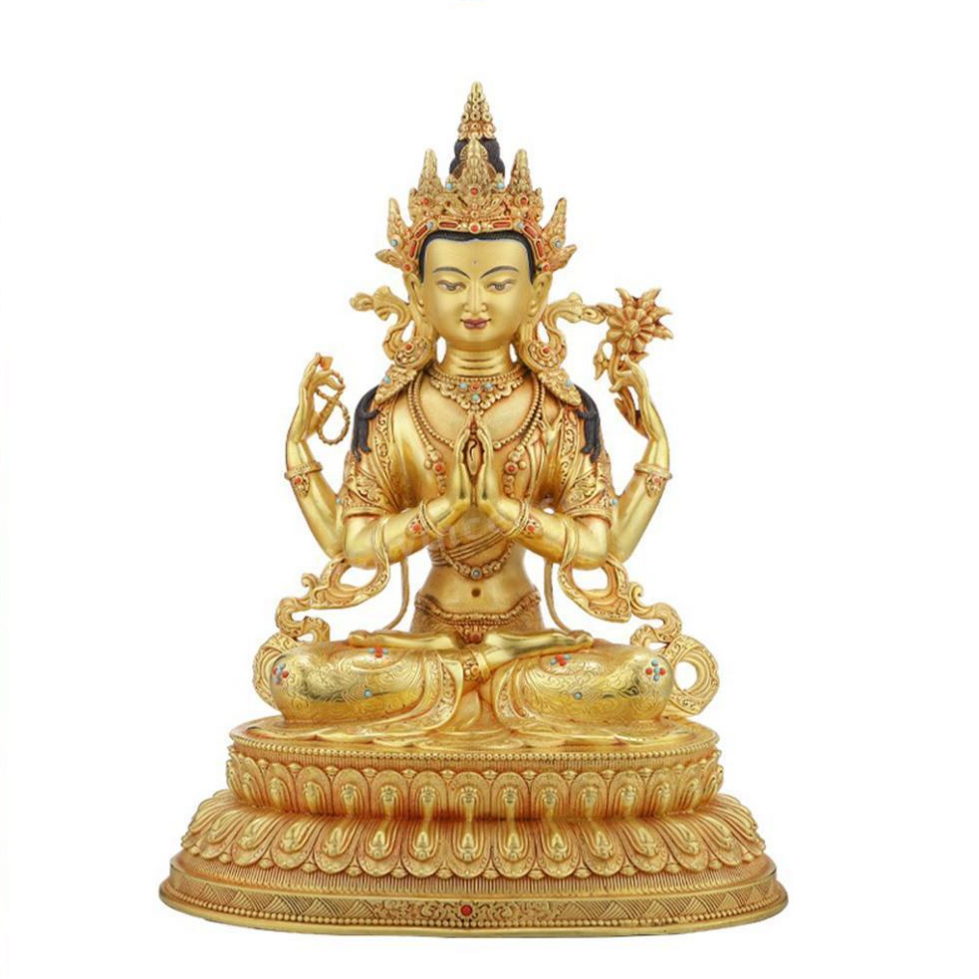 Pure Copper Four Armed Guanyin Bodhisattva Statue
Pure Copper Four Armed Guanyin Bodhisattva Statue- Regular price
-
$529.98 USD - Regular price
-
- Sale price
-
$529.98 USD
Quick view
-
Neo-Chinese Style Ceramic Guanyin Bodhisattva Statue
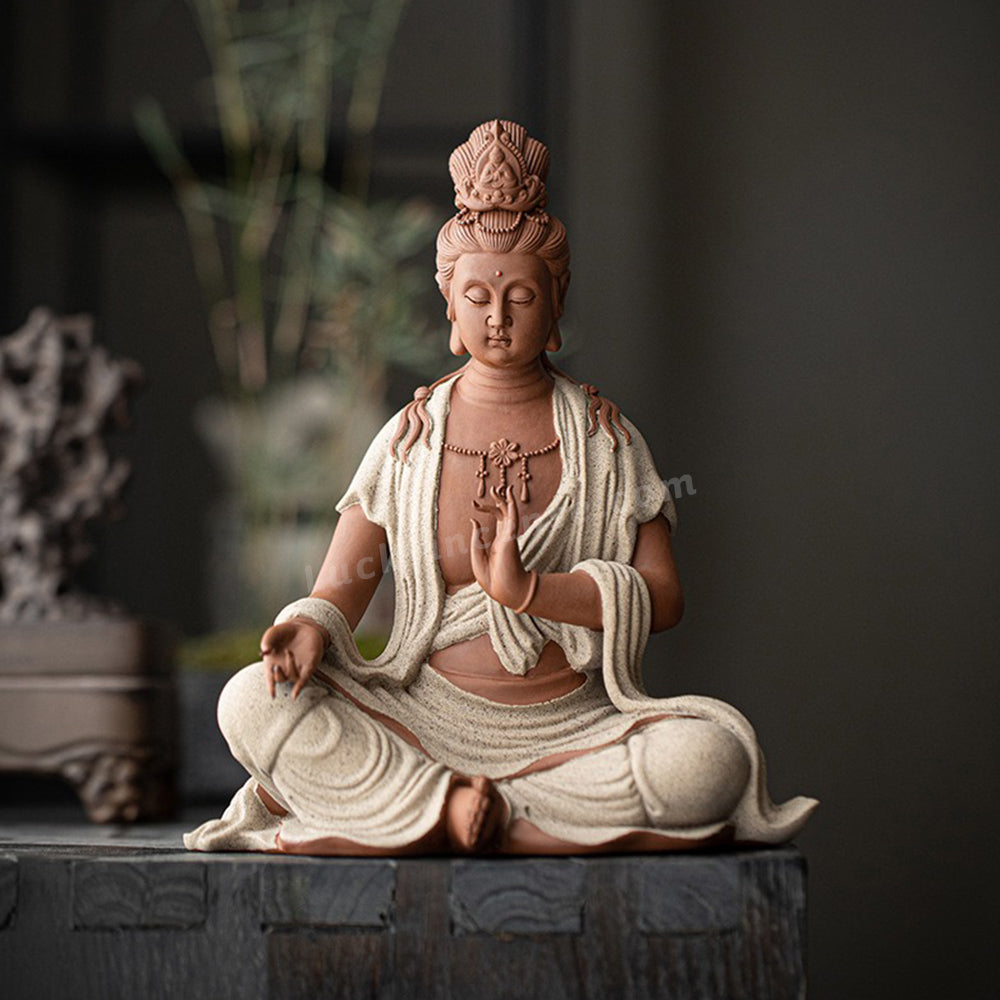 Neo-Chinese Style Ceramic Guanyin Bodhisattva Statue
Neo-Chinese Style Ceramic Guanyin Bodhisattva Statue- Regular price
-
$129.98 USD - Regular price
-
- Sale price
-
$129.98 USD
Quick view
-
Ceramic Thousand Handed Guanyin Bodhisattva Statue
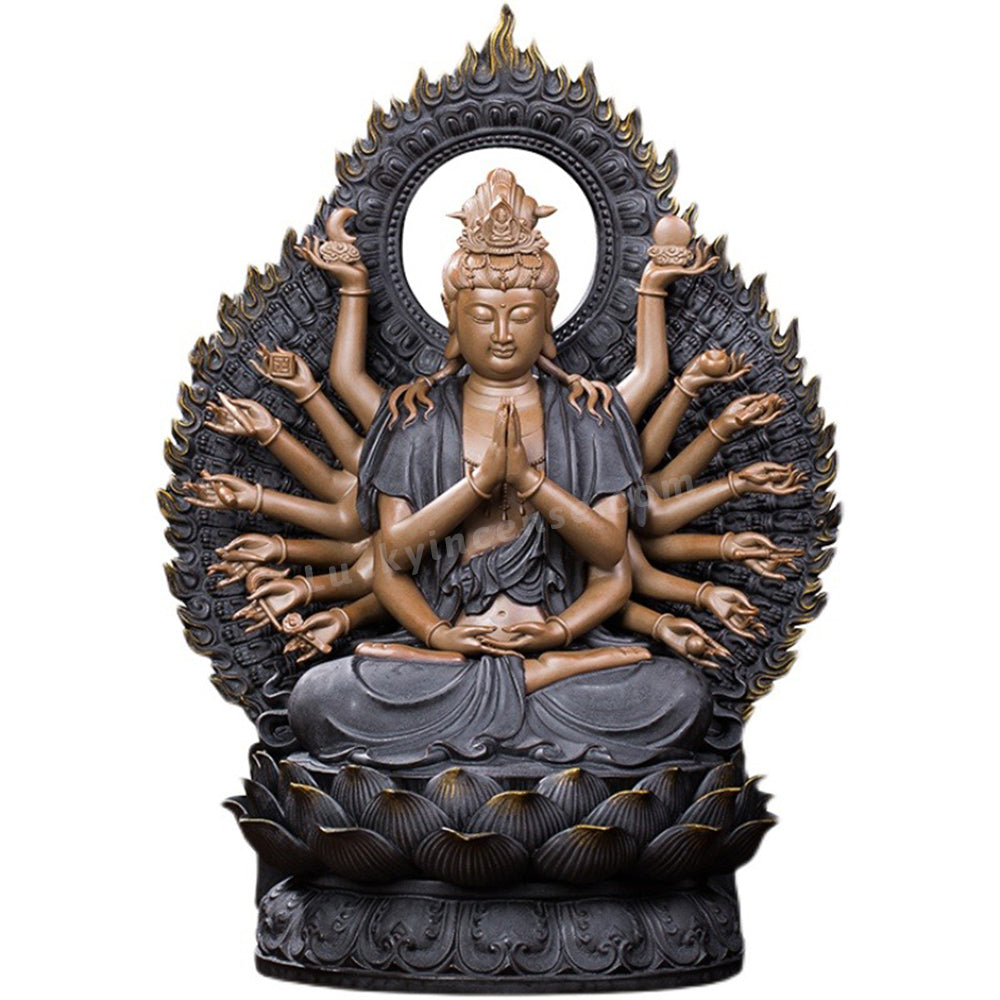 Ceramic Thousand Handed Guanyin Bodhisattva Statue
Ceramic Thousand Handed Guanyin Bodhisattva Statue- Regular price
-
$1,389.98 USD - Regular price
-
- Sale price
-
$1,389.98 USD
Quick view
-
Neo-Chinese Style Buddha Statue
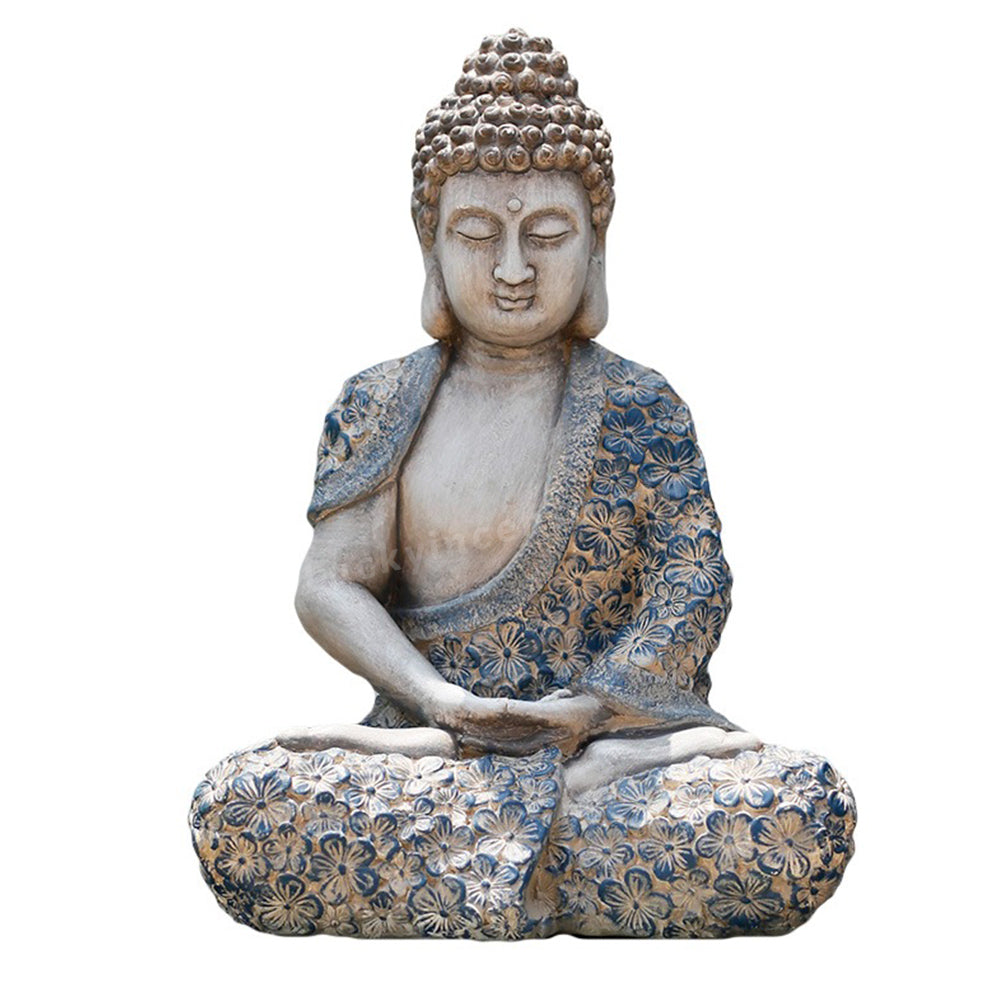 Neo-Chinese Style Buddha Statue
Neo-Chinese Style Buddha Statue- Regular price
-
$74.98 USD - Regular price
-
- Sale price
-
$74.98 USD
Quick view
-
Pure Copper Shakyamuni Buddha Statue
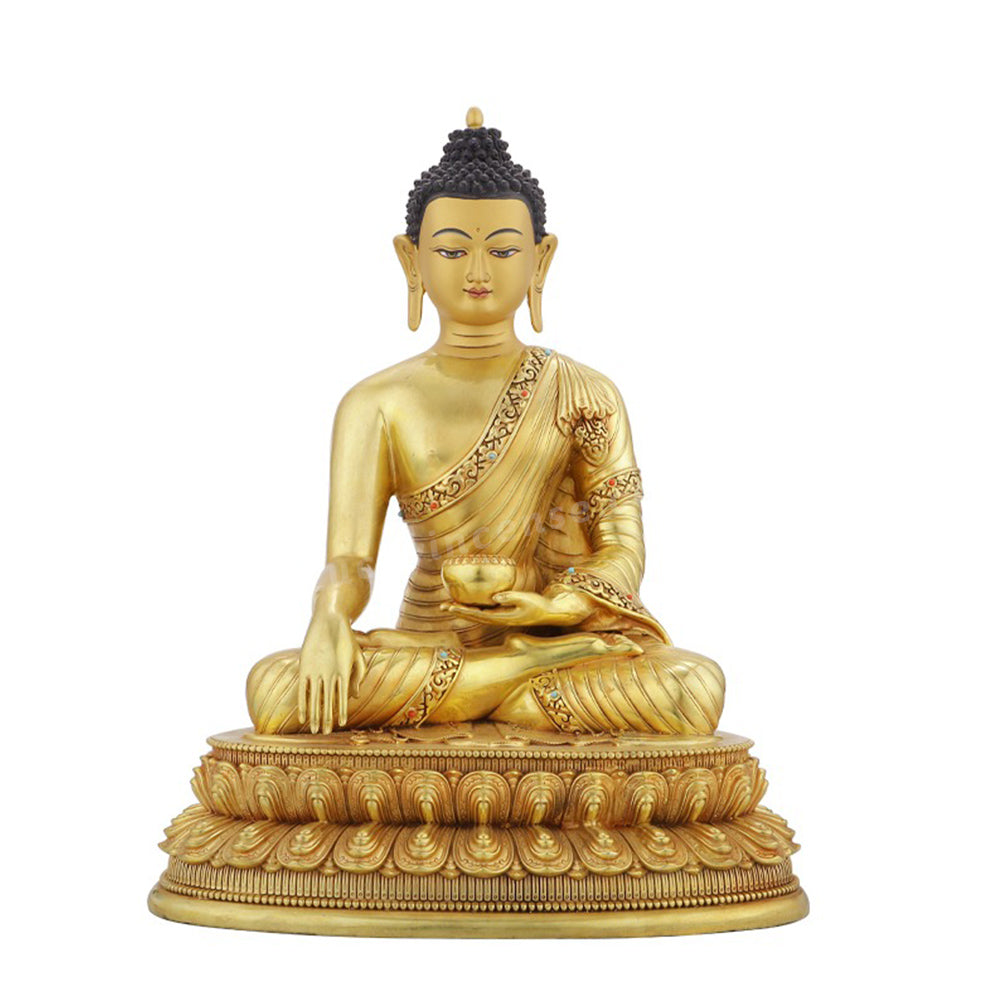 Pure Copper Shakyamuni Buddha Statue
Pure Copper Shakyamuni Buddha Statue- Regular price
-
$498.98 USD - Regular price
-
- Sale price
-
$498.98 USD
Quick view
-
Neo-Chinese Style Ceramic Sakyamuni Buddha Statue
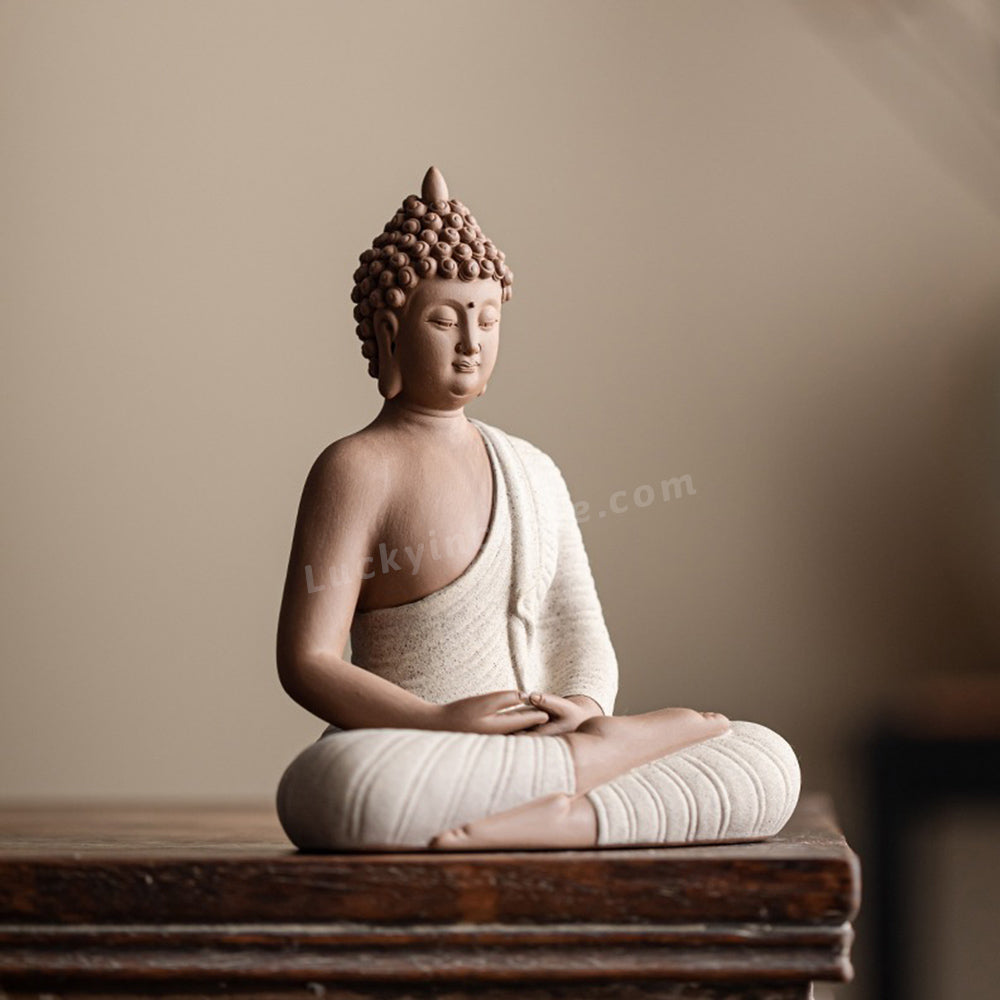 Neo-Chinese Style Ceramic Sakyamuni Buddha Statue
Neo-Chinese Style Ceramic Sakyamuni Buddha Statue- Regular price
-
$69.98 USD - Regular price
-
- Sale price
-
$69.98 USD
Quick view
-
Brass Yellow Jambhala Buddha Statue
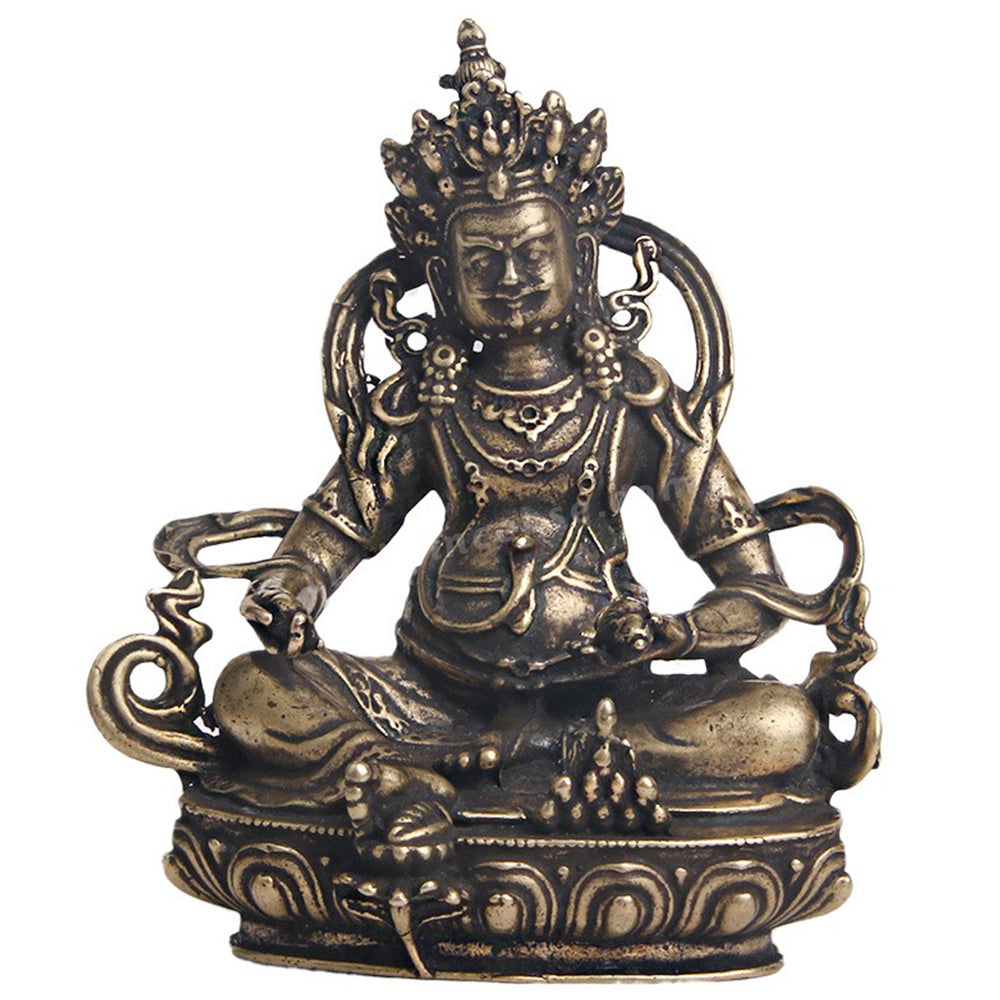 Brass Yellow Jambhala Buddha Statue
Brass Yellow Jambhala Buddha Statue- Regular price
-
$24.98 USD - Regular price
-
- Sale price
-
$24.98 USD
Quick view
What Is Buddha Statue?
Buddha statue is a form of Buddhist art, mainly used for worship, and usually includes statues of Buddha, Bodhisattva, Arhat as well as Ming Wang. Buddha statues can be in the form of sculpture or painting. Among all kinds of Buddha statues, the Bodhisattva statues are the most popular. The image of Bodhisattvas such as Avalokitesvara, Manjushri, Samantabhadra, and Ksitigarbha are generally amiable and solemn, showing the characters of kindness and gracefulness. Buddha statues play an important role in Buddhism, symbolizing Buddhist doctrine and the reverence of Buddhists towards the Buddha. The postures, fingerprints, costumes, and artifacts of different Buddha statues all have specific symbolic meanings, reflecting the different doctrines and rituals of Buddhism.
In recent years, with the opening up of the Buddhist holy sites and the circulation of Buddhist artworks in market, people's interest and enthusiasm for collecting Buddhist artworks especially Buddha statues have also increased day by day.

The Historical Development of Buddha Statues
Throughout the history of ancient India, there was a king named Ashoka (reigned around 268-232 BC). After unifying dozens of countries on the Indian Peninsula and establishing the Peacock Dynasty, he vigorously promoted Mahayana Buddhism by sending monks to various parts of the world to propagate its doctrines since he was a devout follower. A group of monks then came to ancient Greece. Ancient Greece was known for its exquisite sculptures and superb craftsmanship of artworks, and the Greeks were keen on the portrayal of human. With detailed observation, vivid painting ability, and exquisite sculpture skills, the ancient Greeks created many excellent sculpture masterpieces. The idea and techniques of sculpture were then brought back to ancient India by the monks, and were introduced to Mahayana Buddhism to create Buddha statue, breaking the traditional concept of Hinayana Buddhism that the image of Buddha should be hidden from the public. Therefore, the ancient Indians used the technique of portraying characters to shape the image of Buddha, hence creating the first Buddha statue. However, it took a considerable period of time for people to accept Buddha statues, and the prosperity of Buddha statues was around the first century AD, with the rise of Mahayana Buddhist thought.
After the flourishing of Buddha statues, they were considered as the symbol of Buddha and were widely worshipped by Buddhist believers in both ancient India and ancient China. Especially after Buddhism was introduced to China, the worship of Buddha statues was growing in popularity rapidly. According to historical records, Buddhism was introduced to China from India during the reign of Emperor Ming in the Eastern Han Dynasty. In the Wei and Jin Dynasties, the Buddha statues often had similar characteristics to scholar-bureaucrats, which were noble and graceful, while in the Tang Dynasty they were generally full and magnificent. However, in the Song Dynasty, the Buddha statues became more secularized as well as vigorous.
During the Three Kingdoms period, the Buddha statue served as a carrier for promoting Buddhism, giving worshippers a sense of dignity, compassion as well as awe visually, and making the development of Buddhism more deeply ingrained in people's hearts.
Although the Buddha statues in the early years of the Sui Dynasty still inherited some of the characteristics from previous times, there have been significant improvements. The Buddha statues at this time generally had a plump and round face, slender eyebrows, a straight nose, distinct lip lines, and a calm face. What’s more, the head was larger, the lower body was shorter, and the figure was stronger, making their proportions look a little maladjusted. Besides, they also had a slightly protruding abdomen, a bent body, looking like leaning forward.
During the Tang Dynasty, the Buddha's head had a spiral or water wave hairstyle, with a well-proportioned and plump figure, and a reasonable structure. The pedestal was mostly waist tied, with hexagonal, octagonal, circular, or flower shaped edges. The materials used included gilded, copper, and stone carvings, and the gilded with red were the most distinctive of the time.
The Buddha statues in the Song Dynasty basically inherited the carving style of the late Tang Dynasty. The majority of bronze Buddha statues in the Song Dynasty were Bodhisattva statues, which were highly lifelike. Guanyin statues were mainly made from wood with clear knife lines and three-dimensional clothing patterns, which was elegant as well as delicate. Colors were also extensively applied to make Guanyin statues, forming the unique style of the Song Dynasty.
Gilded copper Buddha statues were the most prominent in the Ming Dynasty, and most of them adopted cloisonne technique. The Buddha statues at this time were mostly characterized by a wide and flat face, wide shoulders and slender waist. What’s more, the Bodhisattvas and female venerates statues often had U-shaped bead necklaces on their chest and waist.
In short, the development of Buddha statues contains a strong Chinese culture, and has become the most splendid chapter of Chinese sculpture art.
Common Types of Buddha Statues
There are various types of Buddha statues in Buddhism, each of which has different meanings and symbols. One can choose a type of Buddha statue to worship at home based on personal beliefs and spiritual needs. The following are some common types of Buddha statues people often worship at home.
Tathagata
Tathagata, also known as Shakyamuni Buddha, is the founder of Buddhism. His appearance is usually described as sitting upright on a lotus platform, wearing a golden robe, and having a compassionate face. His body is tall and burly, with ten fingers clasped together, and is stern, kind, and amiable. The Tathagata represents compassion and wisdom, and can help sentient beings eliminate troubles, increase wisdom, and also bless them with peace and health. Tathagata statue is one of the most important Buddha statues in Buddhism.

Guanyin Bodhisattva
Guanyin Bodhisattva is one of the most popular Bodhisattvas in Buddhism. She usually wears a crown on her head, has a Amitabha Buddha statue on top, holds a clean bottle of willows, a lotus flower, or Dharma wheels. Her appearance is dignified and kind, with various forms such as ten faces or thousand hands. Guanyin represents compassion and wisdom, and is capable of relieving the suffering of all beings, avoiding disasters, and helping people achieve inner peace and get healthy.

God of Wealth
Yellow Jambhala is the most popular God of Wealth in Buddhism and is most loved by people. He got the name because of his yellow skin. Yellow Jambhala has a big belly but a small body, strong hands, and a golden skin. His right hand often holds Mani beads, while the left holds a rat that is spitting out jewelry. He also sits on a lotus throne with his right foot lightly stepping on conch. Yellow Jambhala not only represents the acquisition of material wealth, but also symbolizes the pursuit of wisdom and love, as well as the power to overcome poverty and obstacles.

In addition to the types mentioned above, there are many other types of Buddha statues, such as Amitabha Buddha, Medicine Buddha, Manjushri Bodhisattva, Samantabhadra Bodhisattva, Ksitigarbha Bodhisattva and so on. Each Buddha statue has its specific meaning and function. Therefore, when choosing a Buddha statue, it is necessary to take personal beliefs and needs into consideration.
How to Offer and Worship Buddha Statues
Offering Buddha statues is an important way for Buddhists to express respect and commemoration for the Buddha. Here are some basic guidelines for worshipping Buddha statues.
1. It is best to choose a separate space, such as a study or living room, to ensure that the space is clean, quiet, and as far away as possible from noise and the mess. If the space is limited, offerings can also be made in the study or computer room, but they must be kept clean to show respect.
2. The Buddha statue should be placed at a high place, preferably with a wall behind it, and should avoid being close to windows, beams, or facing the toilet or kitchen.
3. The offerings can be water, incense, flowers, lamps, paste incense, fruits, music and so on, but can not be alcohol and meat. When providing incense, the smoke should not affect others. The water should be clean and drinkable and the flowers should be kept fresh, non-toxic, as well as thornless. Lamps can be offered in various forms, which represents light and wisdom. Fruits should be fresh as well as edible.
4. When offering and worshipping Buddha statues, one should maintain a respectful and peaceful mind. Individuals can express their admiration and commemoration for the Buddha by lighting and offering incense. Plus, it is also necessary to use three incense sticks to offer Buddha statues and when lighting incenses, hold them with your right hand and then follow certain etiquette.
5. The table used for placing Buddha statues should be kept clean and tidy, and the offerings should be replaced in a timely manner to keep them fresh. If conditions permit, one can change the water every day, and change the flowers and fruits in two to three days.
6. During worship, one should show great respect and clear the mind. When reciting, one can recite the Buddha's name or scripture to express respect and commemoration for the Buddha.
In brief, when worshipping Buddha statues, the most important thing is not material offerings, but inner respect and the practice of good deeds.
Precautions of Placing Buddha Statues
1. Buddha statues should be placed in a quiet and clean place, away from areas that is dirty or noisy.
2. When placing Buddha statues, one should maintain respect and purity in their heart, and should not treat them as valuable antiques or casually discard them in unclean places.
3. Place a red paper under the Buddha statue to ward off evil and bring you auspiciousness as well as good luck.
4. Don’t place Buddha statues in the bedroom as this may affect sleep quality. Besides, it is also not suitable to place them in drawers. If it is a small Buddha statue, you can place it on a small plate with red paper.
5. Keep quiet in front of the Buddha statues and avoid uncivilized language and behavior. Do not eat in front of the statues or place them in the dining table. Plus, don’t smoke, drink alcohol, or make loud noises in front of Buddha statues.
6. If the Buddha statue is damaged, such as having cracks on the body or a broken finger, it should be repaired in a timely manner. If it is unrepairable, one can give the statue back to Buddhist temple, or just burn or bury it in a clean place.
The Benefits and Significance of Placing Buddha Statues
In Buddhist culture, Buddha statues hold an irreplaceable position. The images of Buddhas come in various forms and are presented in different gestures, facial expressions, and costumes. Their appearance conveys the connotations and historical heritage of Buddhism to people. The Buddha statues have multiple meanings in Buddhism. They are not only a symbol of religious belief, but also an important tool for Buddhist education. Placing Buddha statues has the following benefits and significance.
Be Blessed and Protected by Buddhas
Individuals can receive blessings and protection from Buddhas by offering them at home, which is helpful in fulfilling their wishes.
Bringing Good Luck and Peace
Offering Buddhas helps to eliminate disasters and troubles, thus bringing good luck to life, work, and career. Meanwhile, it can also bring peace and happiness to individuals and their families.
Creating a Harmonious and Auspicious Atmosphere
Offering Buddhas at home can help create a harmonious and auspicious atmosphere as well as avoid evil spirits.
Getting Blessings
By offering Buddha statues, one would be blessed with health, wisdom, longevity and so on.
An Important Art Form
The Buddha statue is an important component of Buddhist art, which not only showcases its diversity and richness, but also reflects the social and cultural background as well as historical development in different times.
Educational Significance
As a teaching tool, Buddha statues serve as a reminder that Buddhists should always keep the doctrine firmly in mind such as being dedicated, learning precepts of Buddhism for the entire life, improving wisdom and so on.
Overall, Buddha statues have great significance and value in Buddhist culture. As an indispensable component of worship, meditation, and various religious rituals, Buddha statues convey Buddhist ideas and spirit to people. The significance and value of Buddha statues are not limited to religious beliefs, but also have strong social and cultural meanings. As an important part of cultural and artistic works, Buddha statues not only present the diversity and richness of Buddhist art, but also reflect the social and cultural background and historical development in different times.







